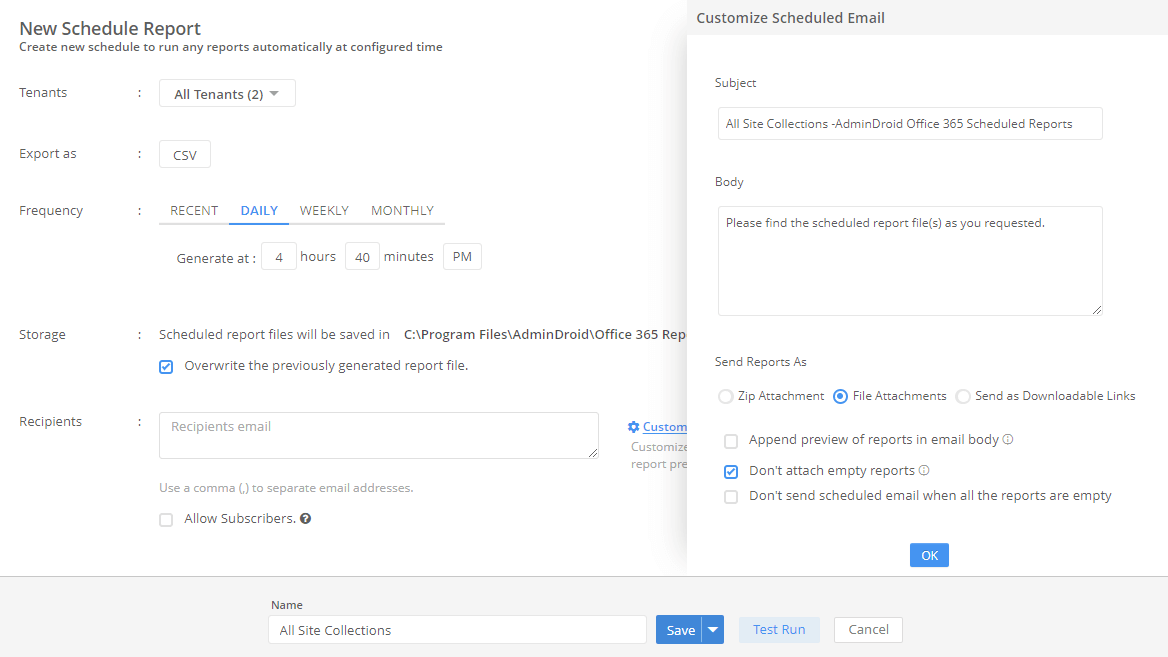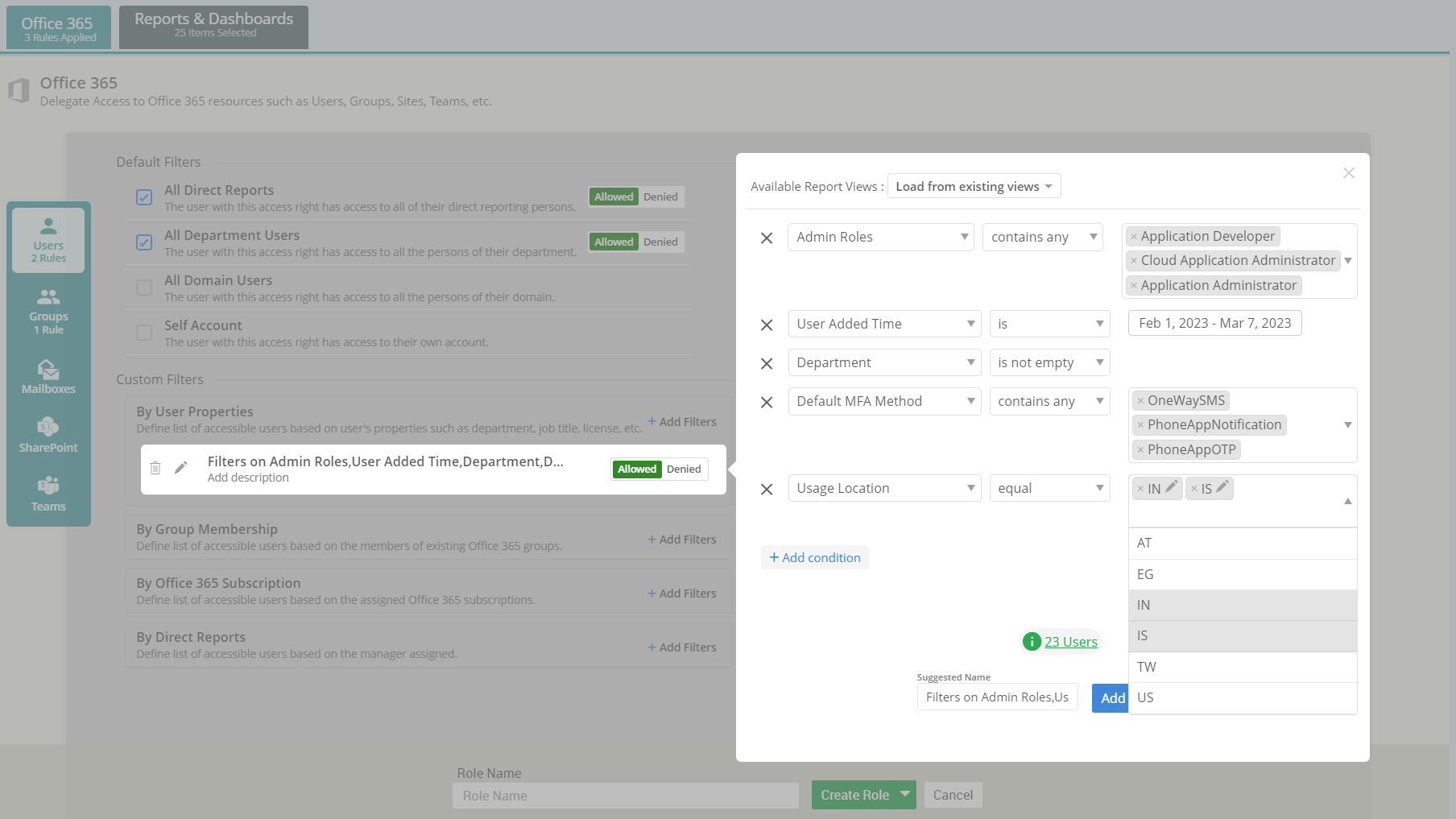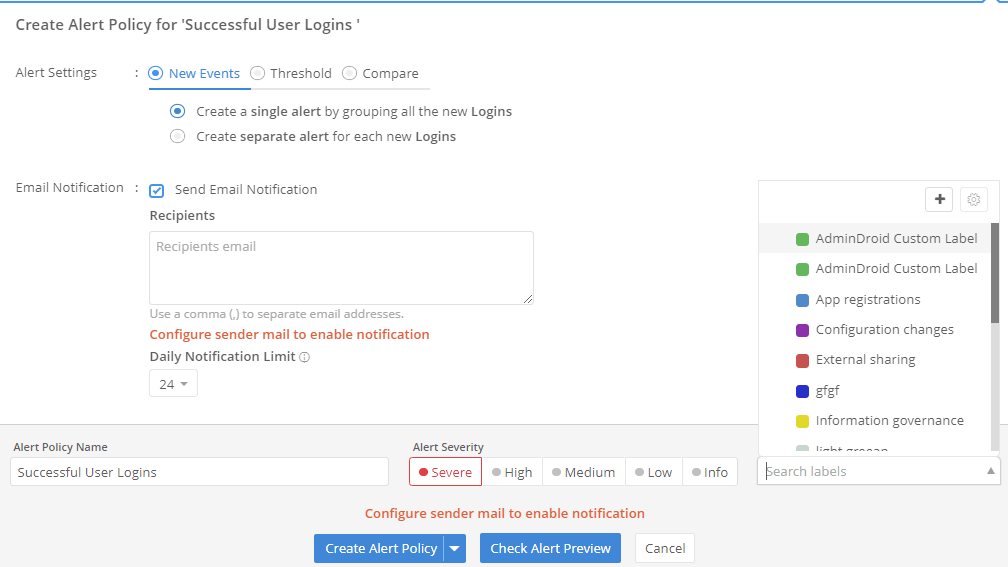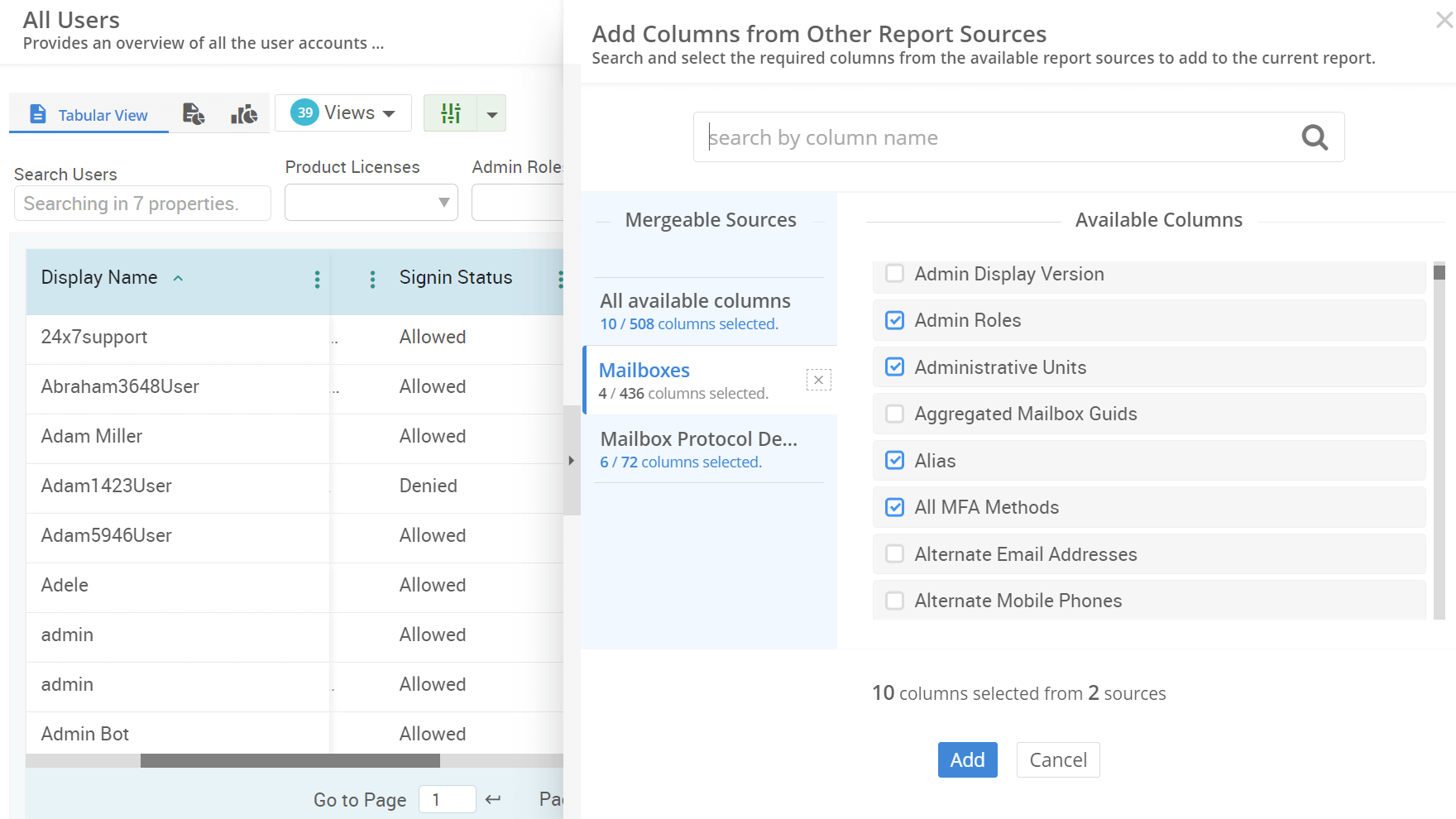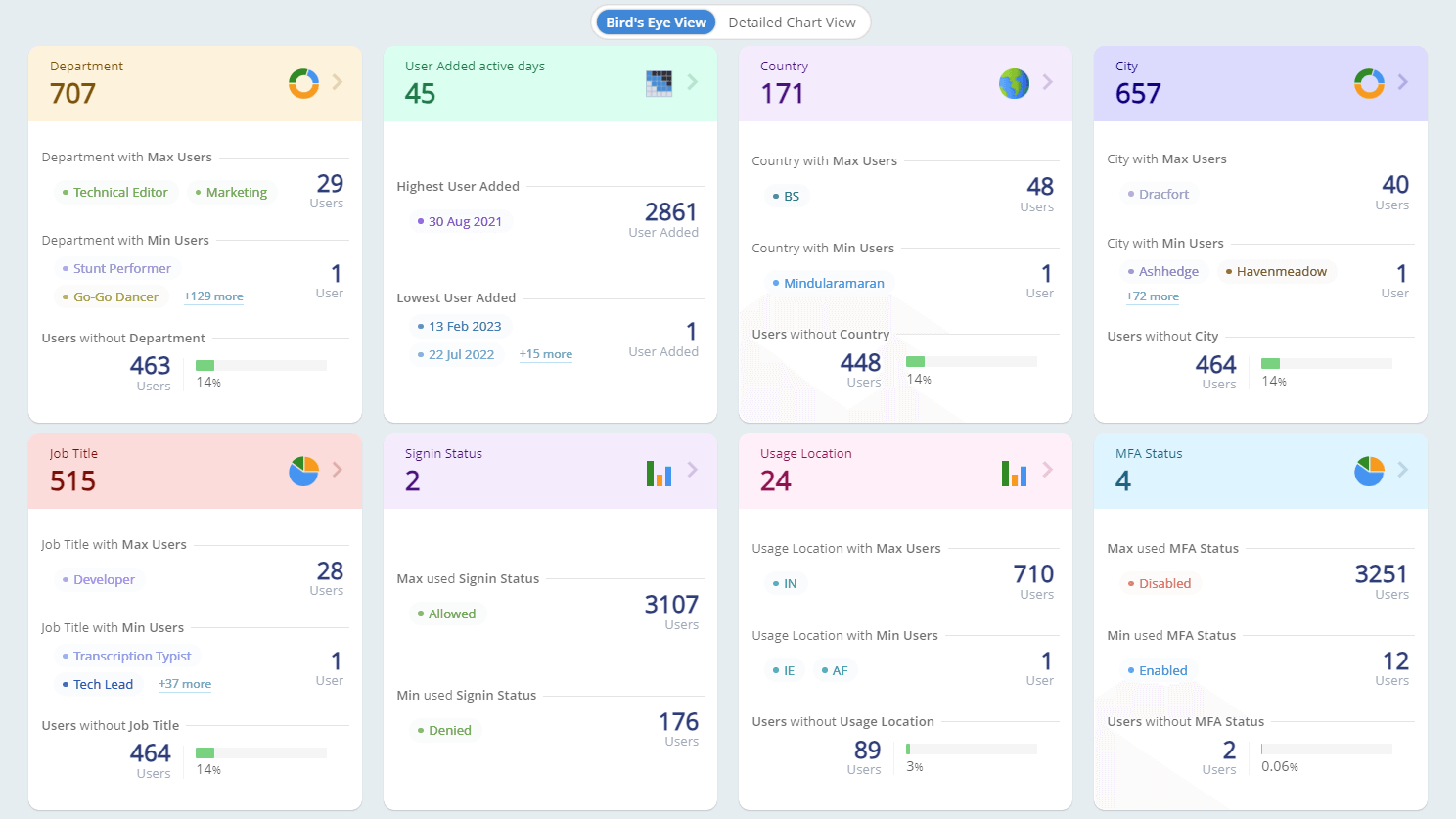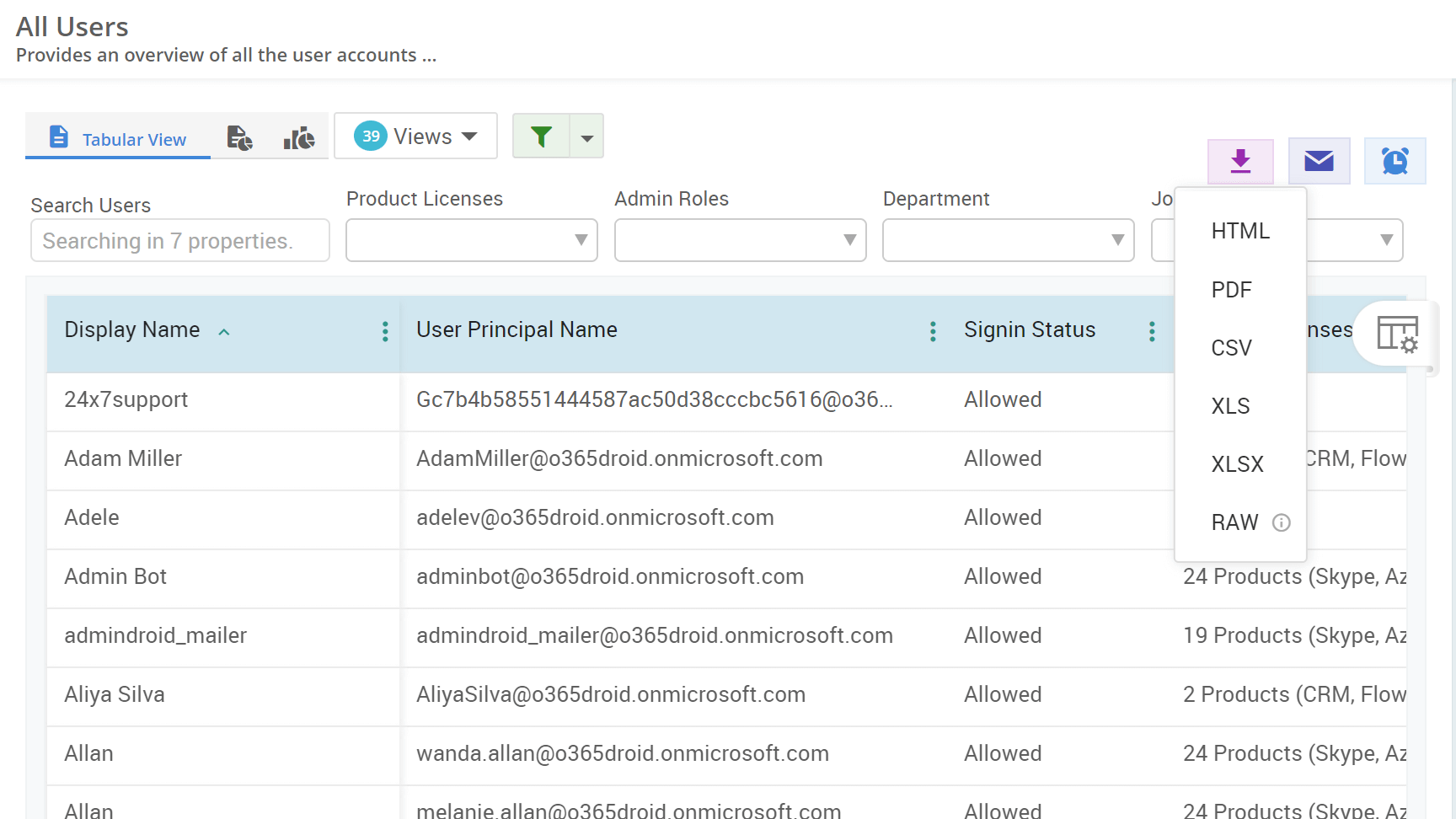How to Find Out Who Deleted an Email from a Mailbox in Exchange Online
Delegated access to an Exchange mailbox is a double-edged sword. It enhances collaboration but can also leads to accidental or even intentional email deletions. Events like these raise security concerns and emphasize the need to track email actions to find who deleted emails in Outlook. If you're an admin struggling to audit email deletions in Microsoft 365, our guide is a one-stop shop.










